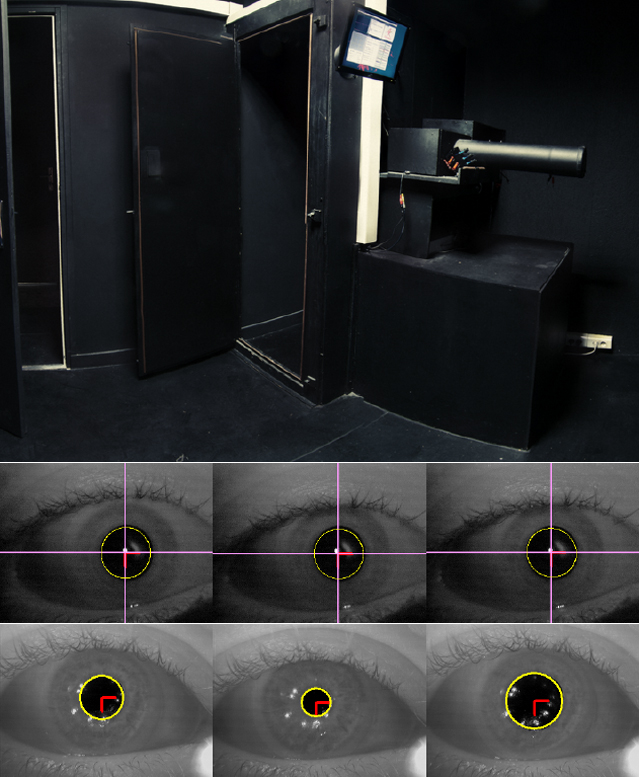
By Petteri Teikari, Université Claude Bernard and Stem Cell and Brain Research Institute, INSERM U846, France
Spectral Modulation of Melanipsin Responses –Â Role of Melanopsin Bistability in Pupillary Light Reflex (PhD Thesis)
In addition to the canonical photoreceptors, rods and cones, a novel melanopsin-expressing retinal ganglion cell (mRGC) was recently discovered. The novel photopigment melanopsin in the human retina has been shown to express invertebrate-like bistable properties both in vitro and in vivo. In bistable photopigment systems, light elicits photosensory responses and drives photoregeneration of the chromophore to restore photic responsiveness. These studies have shown that prior light exposure can modulate the amplitude of subsequent photic responses of melanopsin.
In this thesis, the putative bistability of melanopin in humans is examined. The bistability was studied using 1) pupillary light reflex (PLR) as a tool, 2) developing a method for quantifying the effects of lens density for melanopsin-mediated photoreception, and 3) providing a quantitative mathematical framework for modeling bistable pigment systems and non-image forming (NIF) visual system.
Exploiting the bistable properties of melanopsin could allow for optimization of spectral light distribution in experimental, industrial, domestic and clinical phototherapy applications by appropriate use of the photoregenerative effects of long wavelength light.
Further information at http://www.petteri-teikari.com/



